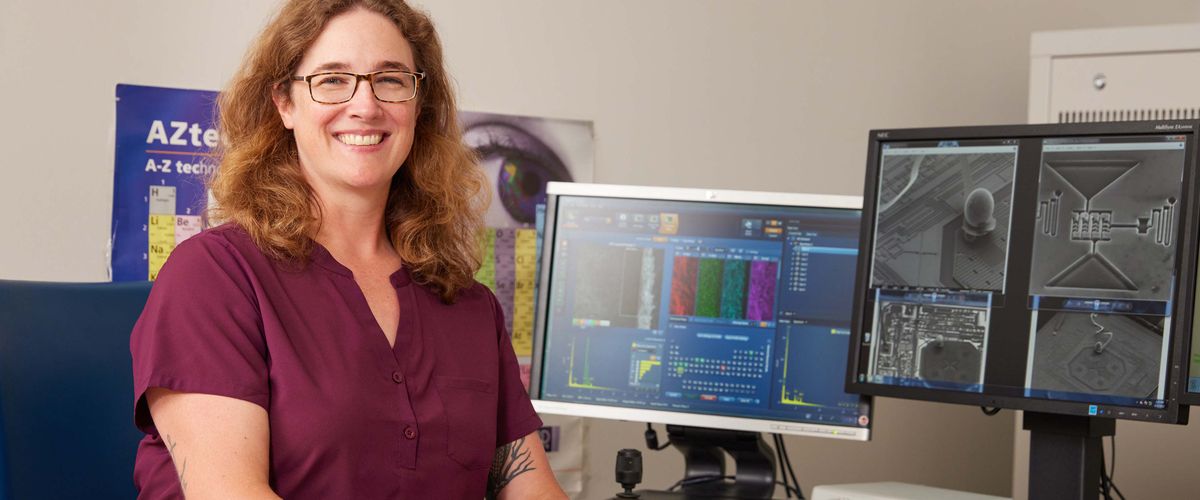By Gina Mantica

Every time you plug in your cell phone, tiny lithium ions travel back to the battery’s surface and give it the charge, or energy, that it needs to power on. But if the battery’s surface isn’t perfectly flat, spiky growths of metal called dendrites can form and decrease the battery’s efficiency or worse, can cause short circuiting. Researchers at Boston University use machine learning to study the chemistry and physics underlying the growth of dendrites and design better batteries.
Emily Ryan, a Research Fellow at the Hariri Institute and Associate Professor in Mechanical Engineering, developed a computational model to build more efficient, rechargeable lithium metal batteries. Her lab’s findings were published recently in The Journal of Chemical Physics.
The project was supported by the Hariri Institute’s Machine Learning for Chemistry & Materials Science Focused Research Program, which aims to advance the design and synthesis of small molecules and materials through machine learning. “With modeling, we can ask questions otherwise challenging on real surfaces. For batteries, we can play around with physics to see what phenomena are causing dendrite growth,” said Ryan.
Get the full story from the Hariri Institute.
